Top Things to Know Before Buying a Green House Plant
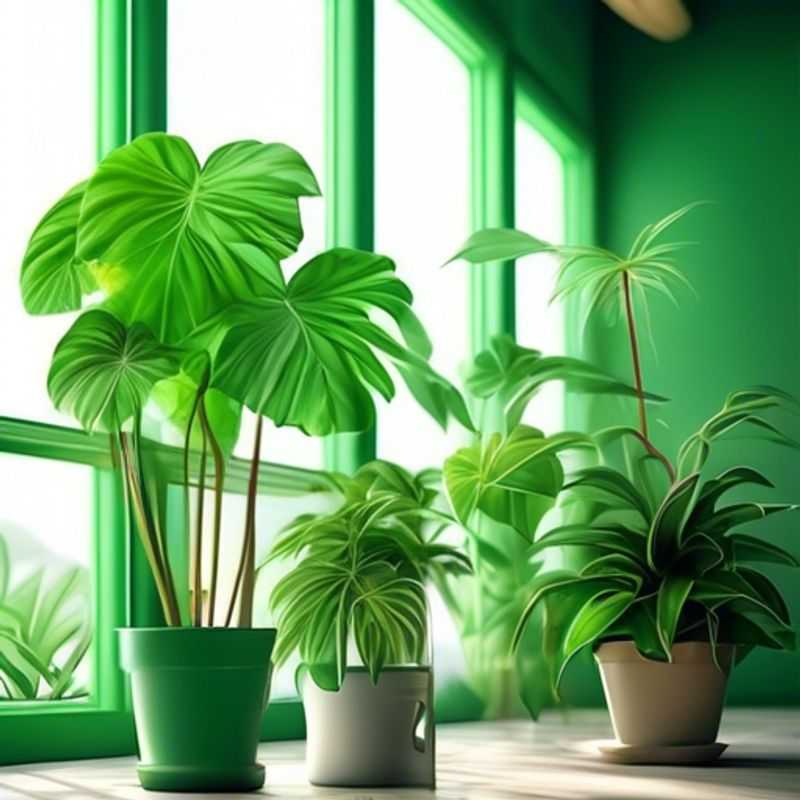
Top Things to Know Before Buying a Green House Plant: Understanding Light, Watering, Size, Humidity, Soil, Pet-Friendliness, and Maintenance
Bringing a touch of greenery indoors can be incredibly rewarding, but before you head to the nursery, it's essential to understand the basics of caring for your new plant. You'll not only be giving yourself the best chance at success, but also ensuring the long-term health and happiness of your leafy friend.
Here are the key things to consider before purchasing a green house plant:
1. Understand the Plant's Light Requirements
Plants are like humans; they need the right amount of sunlight to thrive. Some plants thrive in bright, direct light, while others prefer low-light conditions. Determine the amount of light your home receives, and choose a plant that aligns with those conditions. Consider the location where you plan to place your plant and its proximity to windows.
2. Research the Plant's Watering Needs
Overwatering is a common culprit behind plant death. Learn about the specific watering needs of your chosen plant. Some plants prefer consistently moist soil, while others need to dry out slightly between waterings. Determine the frequency and quantity of water your plant requires, and use a moisture meter or your finger to gauge the soil moisture before watering.
3. Consider the Plant's Size at Maturity
It's tempting to go for a small, manageable plant, but it's crucial to consider its eventual size. Some plants can reach impressive heights and widths, which could impact your space over time. Research the plant's mature size and select one that will fit comfortably in your chosen location.
4. Learn about the Plant's Humidity Preferences
Humidity levels play a significant role in plant health. Some plants thrive in humid environments, while others prefer drier conditions. Evaluate the humidity levels in your home, and choose a plant that can adapt to the existing environment. If necessary, consider utilizing humidifiers or misting your plant to enhance its surroundings.
5. Familiarize Yourself with the Plant's Soil Requirements
Soil provides essential nutrients and structure for plant growth. Different plants have different soil preferences. Research the ideal soil composition for your chosen plant, whether it prefers acidic, neutral, or alkaline soil. Choose a high-quality potting mix that meets the plant's specific needs.
6. Determine if the Plant is Pet-Friendly
If you have pets, it's crucial to choose a plant that is non-toxic to them. Research the plant's toxicity level and ensure it's safe for your furry friends. Some common houseplants, like lilies and peace lilies, can be harmful to cats and dogs. Opt for pet-friendly alternatives to avoid any potential health risks.
7. Explore the Plant's Maintenance and Care Routine
Once you've brought your plant home, it's important to understand its ongoing maintenance needs. Research the plant's fertilization requirements, pruning schedules, and any specific pest control measures. Regular care is crucial to ensure your plant thrives and stays healthy.
By considering these factors before purchasing a green house plant, you'll set yourself up for success and enjoy the benefits of bringing nature indoors.
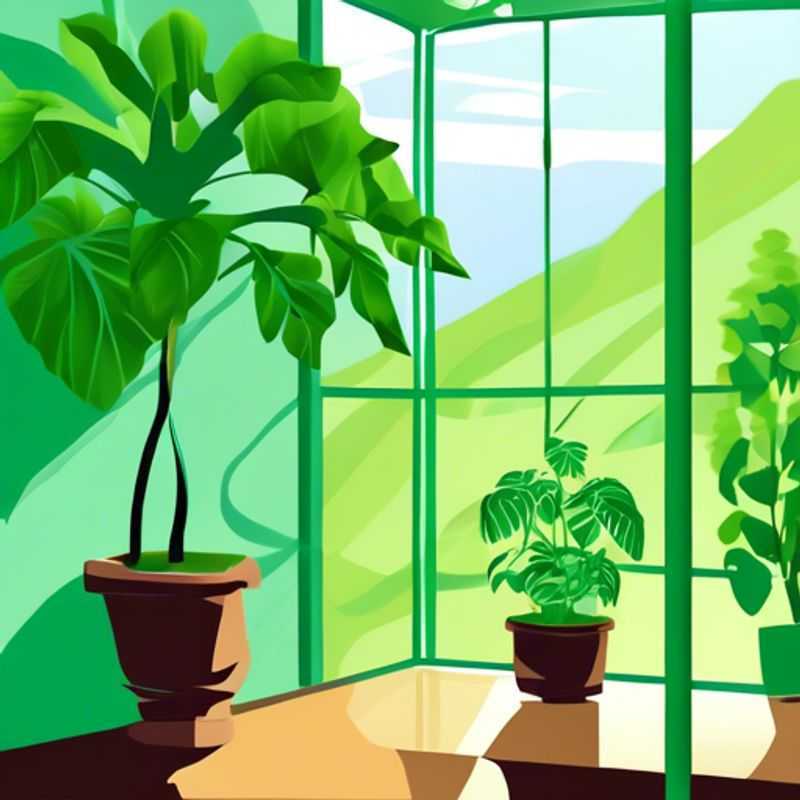
Understanding Plant Light Requirements: A Guide to Thriving Indoor Gardens
Understanding plant light requirements is crucial for healthy plant growth. Different plants have varying needs for light exposure, categorized mainly into three groups: full sun, partial shade, and full shade. Full sun plants require at least 6 hours of direct sunlight daily, while partial shade plants thrive in 3-6 hours of sunlight. Full shade plants need less than 3 hours of direct sunlight.
To optimize plant health, consider the following practical tips: ensure proper positioning of plants based on their light needs, use reflective surfaces to enhance light exposure, and rotate plants periodically to promote even growth. Additionally, using grow lights can supplement natural light, especially during shorter days or in low-light environments.
When estimating a plan for your plants' light requirements, keep in mind potential costs associated with grow lights, timers, and light meters. Budget for energy consumption if using artificial lighting, and consider the initial investment in quality equipment for long-term benefits. Understanding these factors will help you create a sustainable and efficient lighting strategy for your plants.
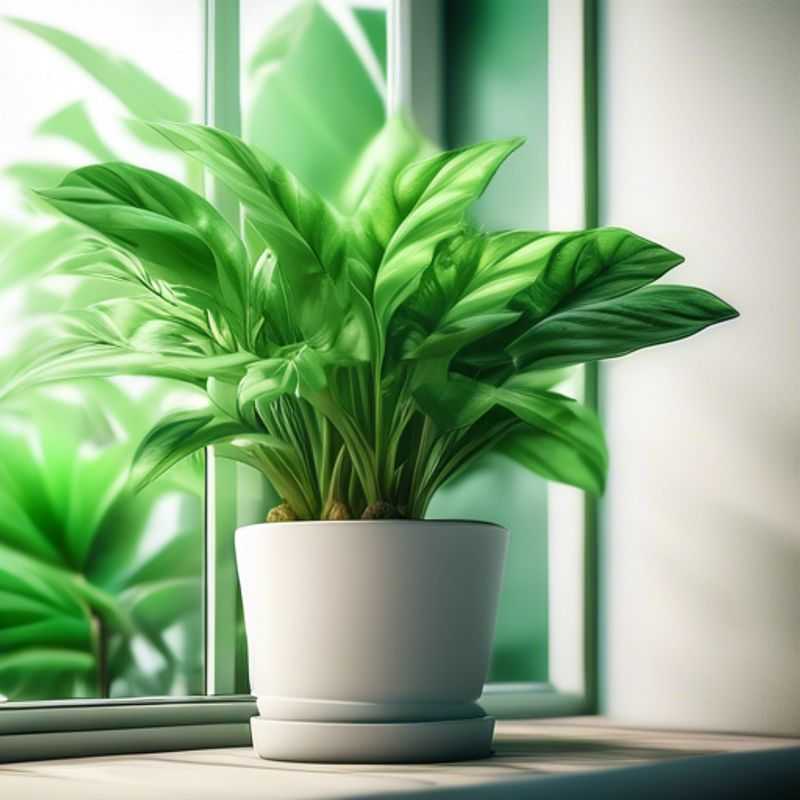
Watering Wisdom: Understanding Your Plants' Thirst
Understanding a plant's watering needs is crucial for its health and survival. Researching this information is simple and efficient.
First, identify the specific plant species. Many online resources, plant labels, and gardening books provide details about a plant's water requirements.
Look for phrases like "drought-tolerant" or "water-loving," which indicate the plant's preference for dry or moist conditions.
Additionally, consider the plant's natural habitat. Plants adapted to arid regions generally require less water than those from tropical areas.
Observe the plant's appearance to gauge its hydration level. Wilting, drooping leaves, or dry soil are signs of underwatering, while yellowing leaves or soggy soil may indicate overwatering.
Monitor the soil moisture regularly. Feel the soil with your finger; if it feels dry to the touch, it's time to water.
Adjust watering practices based on factors like temperature, humidity, and season. During hot, dry periods, plants may require more frequent watering.
Experiment to determine the optimal watering frequency for your specific plant. Start with a regular schedule and adjust based on the plant's response.
Remember, consistent watering is better than sporadic deep watering.
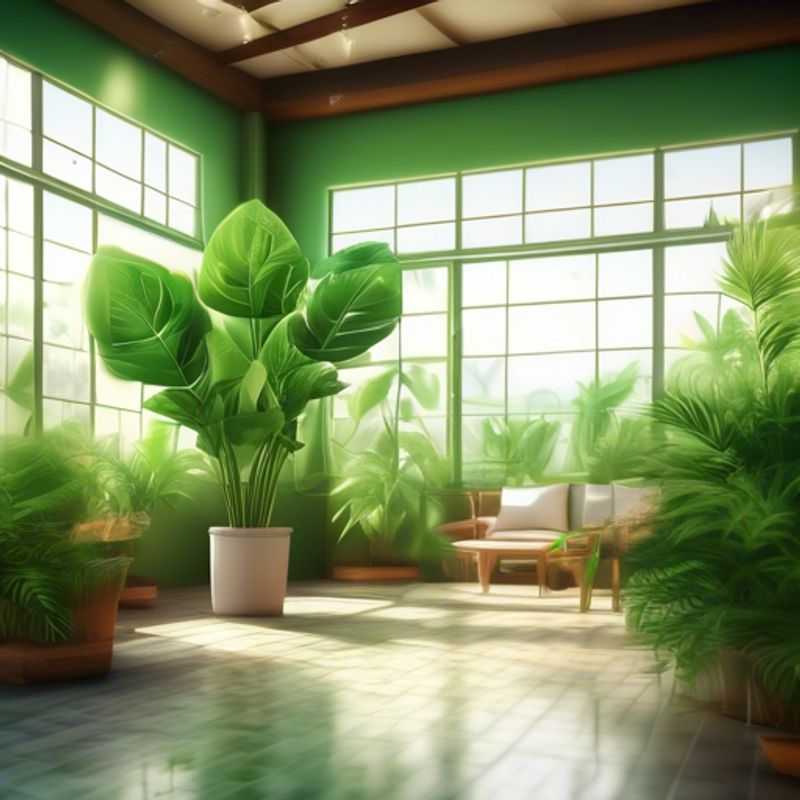
Plan for Growth: Choosing Plants Based on Their Mature Size
Before planting, consider the mature size of your chosen plants. Understanding how big they'll get is crucial for proper spacing and long-term success. This avoids overcrowding, allowing plants to thrive without competing for resources.
For example, a mature oak tree may require significant space, while a dwarf variety can be suitable for smaller gardens.
Knowing the mature size helps you plan your garden layout, ensure adequate sunlight and water reach all plants, and prevent potential damage to structures or utilities.
Consult plant labels, online resources, or gardening guides to determine the expected height and spread of your selections. Consider factors like root systems, branching patterns, and growth habits.
Proper plant spacing can save money on maintenance, prevent disease spread, and ensure long-term health and beauty in your garden.
Remember, a well-planned garden is a sustainable garden.
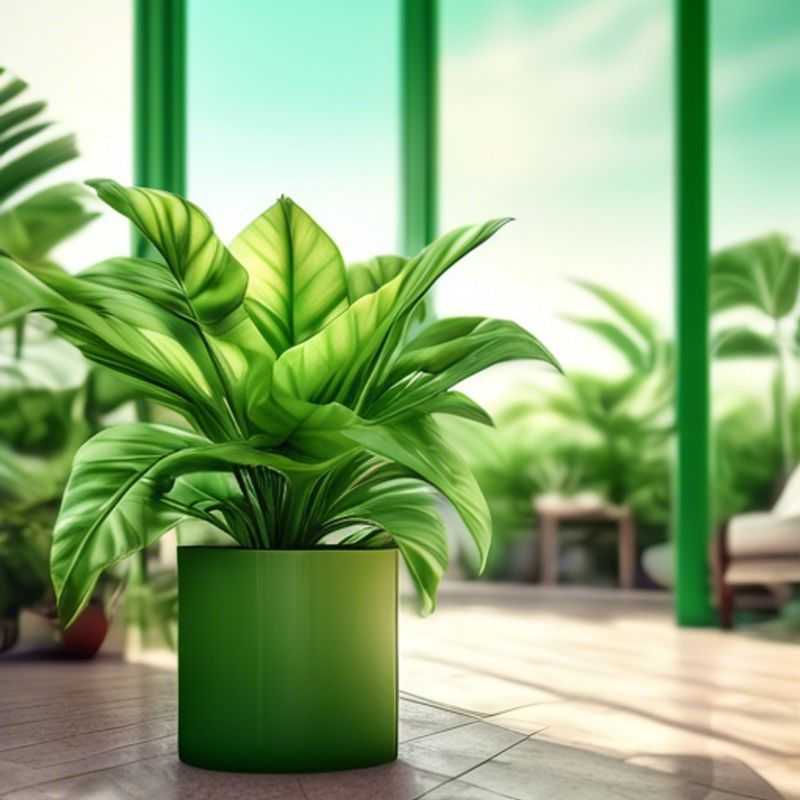
Understanding Plant Humidity Preferences: A Guide to Thriving Greenery
Humidity plays a crucial role in plant health. It refers to the amount of moisture in the air, and different plants have varying humidity preferences.
High Humidity: Tropical plants like orchids, ferns, and peace lilies thrive in high humidity environments. They require moist air, which can be achieved by placing them near humidifiers, pebble trays, or grouping them together. Misting can also help but needs frequent repetition.
Moderate Humidity: Many common houseplants, such as snake plants, ZZ plants, and spider plants, prefer moderate humidity. They can tolerate drier conditions, but benefit from occasional misting or placement near a humidifier during dry periods.
Low Humidity: Some plants, like cacti and succulents, prefer low humidity conditions. They are adapted to arid environments and can tolerate dry air. Avoid placing them near humidifiers or in overly humid areas.
Tips for Creating Humidity:
1. Group plants together: Plants release moisture through transpiration, creating a microclimate with increased humidity around them.
2. Use pebble trays: Fill a tray with pebbles and add water, placing the plant pot on top. The evaporating water will increase humidity.
3. Mist regularly: Misting plants with water can temporarily increase humidity. However, frequent misting may be required.
4. Consider a humidifier: Humidifiers are an effective way to increase humidity, especially during dry seasons or in dry climates.
By understanding your plants' humidity preferences and implementing these tips, you can create an optimal environment for their growth and thriving.
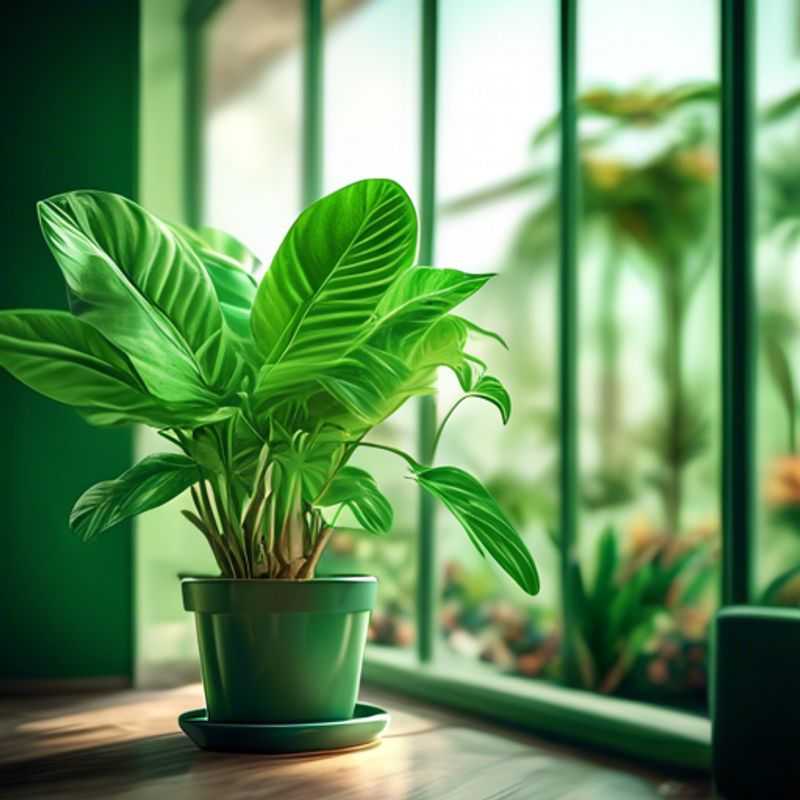
Know Your Plants: Understanding Soil Requirements for Success
Knowing your plant's soil requirements is crucial for its health and growth. Different plants have varying needs, so understanding these requirements is essential for success. First, consider the soil pH. Plants thrive within a specific pH range, so it's important to know whether your plant prefers acidic, neutral, or alkaline soil. You can test your soil pH with a simple kit available at most garden centers.
Next, consider the soil texture. This refers to the size of the soil particles, which influences drainage and aeration. Sandy soil drains quickly, while clay soil retains moisture. A balanced mix with good drainage is usually ideal for most plants.
Finally, understand your plant's nutrient needs. Plants require a variety of nutrients for healthy growth. These nutrients are often depleted over time, so you may need to amend your soil with fertilizers or compost. Understanding your plant's nutrient requirements will help you choose the appropriate amendments.
Remember, consistent soil testing and adjustments are key to creating the perfect environment for your plants. These practices ensure that your plants receive the nutrients they need to thrive.
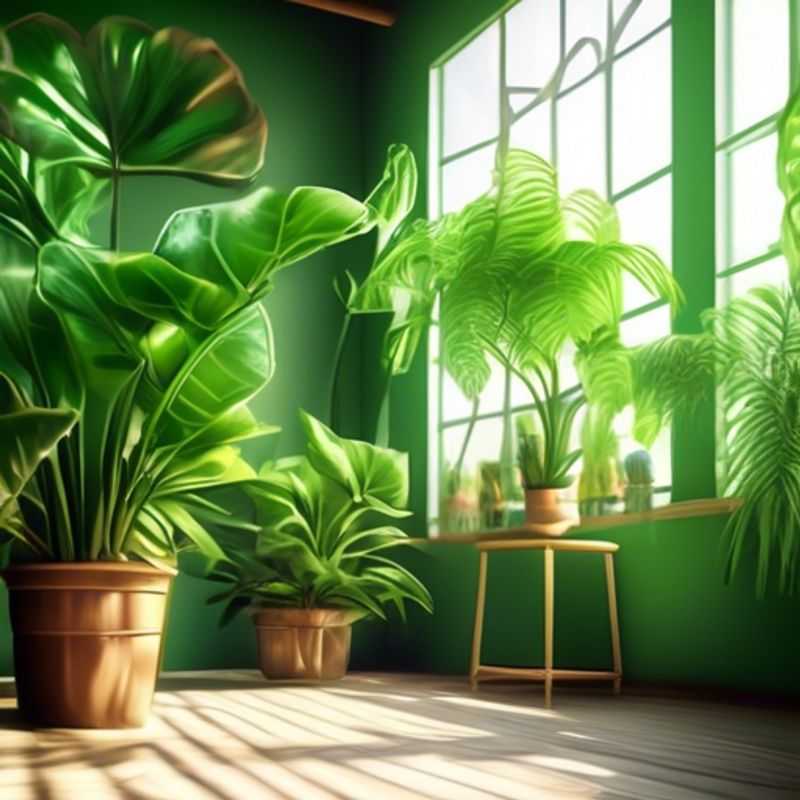
Is That Plant Pet-Friendly? A Guide to Safe Indoor Greenery
When bringing a new plant into your home, it's crucial to determine if it's safe for your furry friends. Not all plants are pet-friendly, and some can be toxic if ingested.
The easiest way to find out if a plant is safe is to use a reliable online resource like the ASPCA's list of toxic and non-toxic plants. You can also consult with a veterinarian or a plant expert.
Look for common signs of plant poisoning in your pet, such as vomiting, diarrhea, lethargy, or difficulty breathing. If you suspect your pet has ingested a toxic plant, seek immediate veterinary care.
Here are some general tips for keeping your pets safe around plants:
• Keep plants out of reach of your pets, especially curious kittens and puppies.
• Choose pet-friendly plants, such as spider plants, Boston ferns, or African violets.
• Supervise your pets when they are around plants, especially new plants.
• Regularly check your plants for any signs of damage or ingestion.
By taking these precautions, you can help ensure that your home is a safe and healthy environment for both your pets and your plants.
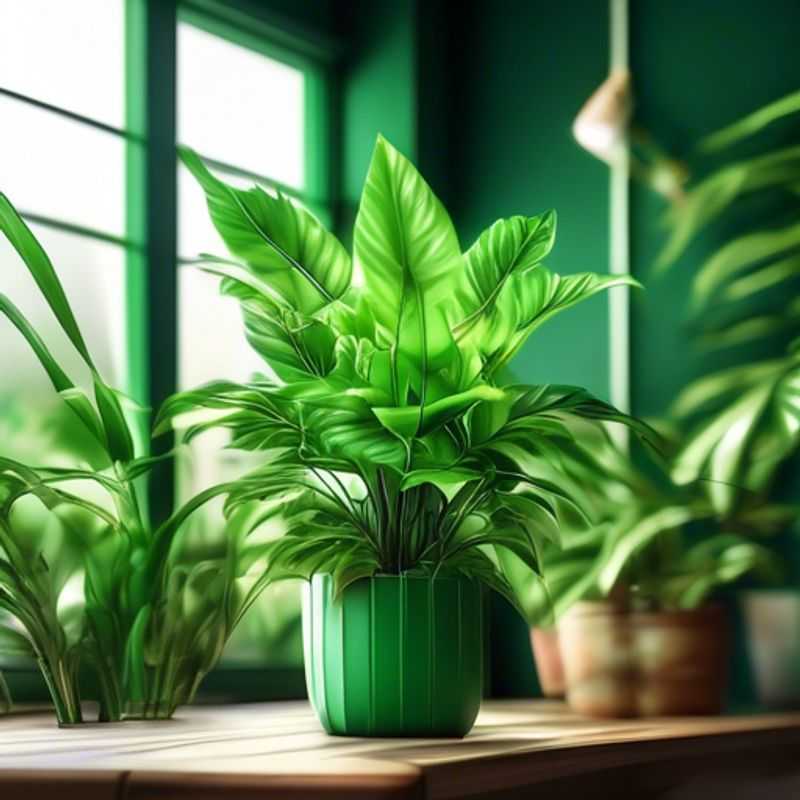
Your Green Thumb Guide: Plant Maintenance and Care Routine
Explore plants, also known as philodendrons, are popular houseplants prized for their attractive foliage. These plants thrive in bright, indirect light, so avoid placing them in direct sunlight. Water them thoroughly when the top inch of soil feels dry, allowing excess water to drain. Fertilize Explore plants monthly during the growing season with a balanced liquid fertilizer diluted to half strength. Avoid overwatering, as this can lead to root rot. Regularly check for pests like aphids and spider mites and address them promptly. Explore plants can grow quite large, so you may need to repot them in a larger container every few years. To propagate, simply take a cutting from a stem and root it in water or potting mix.
